1. The Shoe Polishing Robot

In the ’60s, someone thought it would be brilliant to make a little machine that could shine your shoes while you just stood there. It had rotating brushes, a place to squirt polish, and was marketed as the ultimate time-saver for busy households. The reality? It usually sprayed more polish on the carpet than on your shoes. Plus, it didn’t exactly get into the nooks and crannies like a human hand with a cloth could.
People quickly realized it wasn’t worth the hassle of plugging it in and cleaning up after it. Not to mention, it was noisy and clunky, hardly the glamorous tool the ads promised. Within a few short years, it faded into the category of “fun but useless.” Today, you’re more likely to find one collecting dust in a thrift shop than in someone’s living room.
2. Static Duster Wands
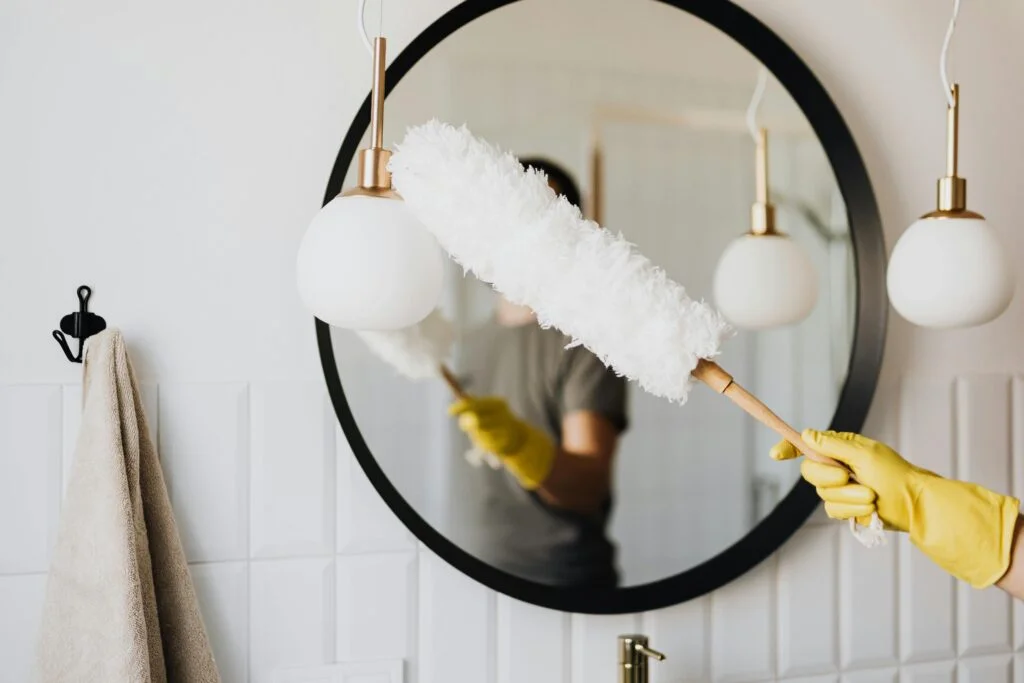
These colorful, feather-like wands were supposed to use “static electricity” to trap dust without needing sprays or cloths. They looked futuristic, almost like something out of a sci-fi film, and the ads promised they would cut cleaning time in half. But in reality, all they really did was push dust around the room. The dust might cling for a second, but it usually just fell right back onto furniture.
It didn’t take long for people to realize old-fashioned dust cloths or actual polish worked much better. Plus, the plastic handles often snapped, leaving you with a limp, fluffy wand. While they seemed exciting at first, their inability to actually keep surfaces clean sent them packing. Some even joked they worked better as cat toys than cleaning tools.
3. The Bed-Making Machine
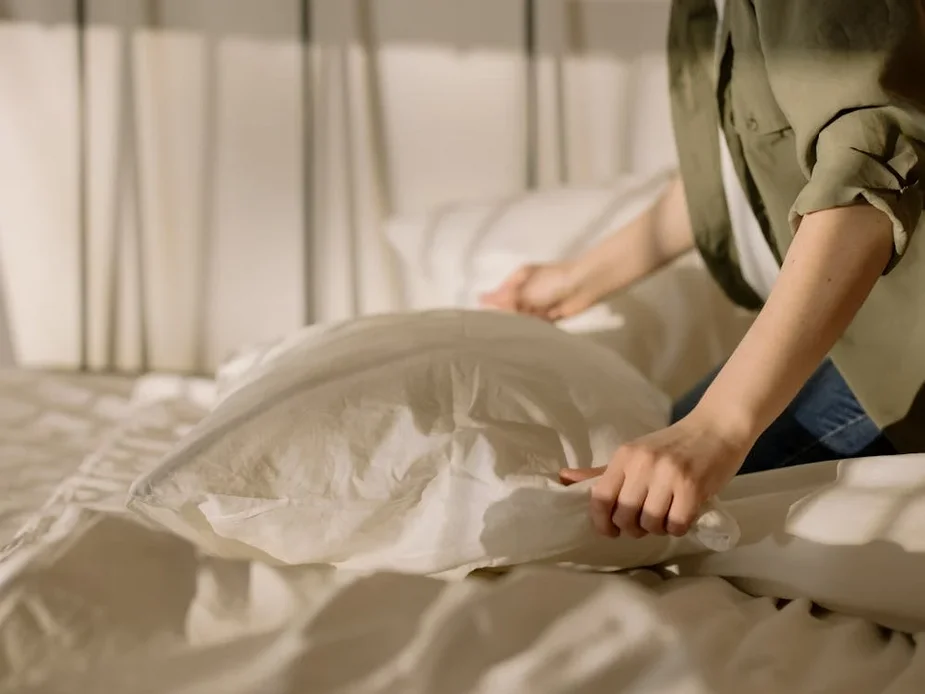
Yes, this was really a thing. A contraption that promised to make your bed for you at the press of a button. It involved straps and rollers that supposedly pulled the sheets tight and fluffed the blankets. Sounds convenient, right? In reality, it was bulky, confusing, and never quite left your bed looking neat.
Not only did it take longer to set up than just making the bed yourself, but it also had a bad habit of jamming or tangling sheets. Families quickly abandoned it when they realized it was more of a gimmick than a helper. By the late ’60s, the bed-making machine was little more than a punchline in home magazines. The dream of a self-making bed lives on, but this early attempt was definitely a flop.
4. Wall-Mounted Vacuum Ports
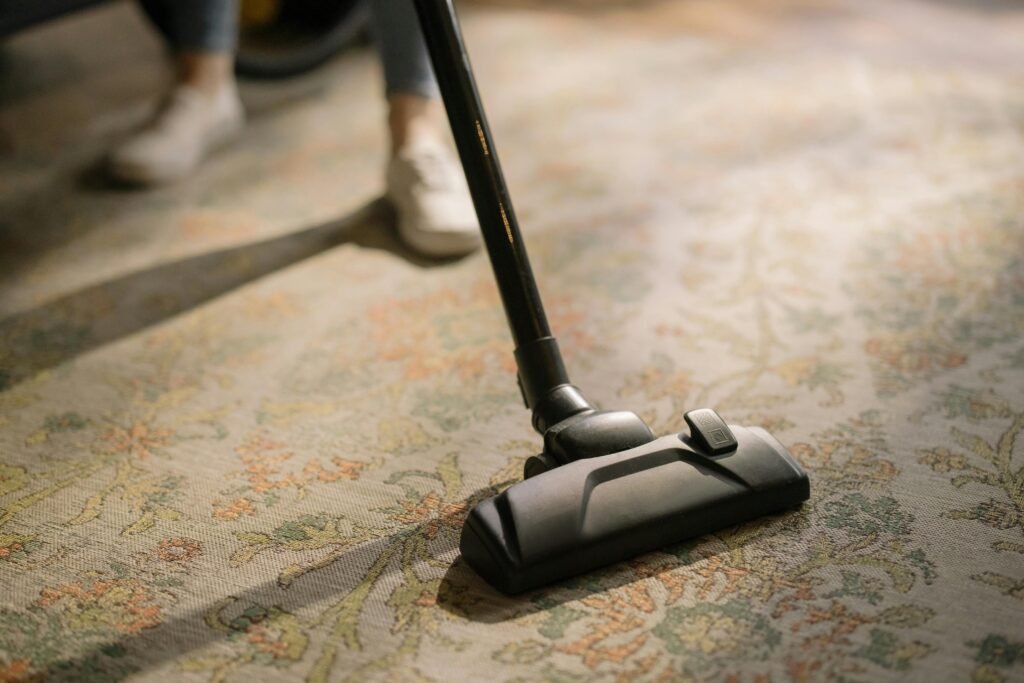
In the ’60s, some futuristic homes installed vacuum “ports” in the walls. You’d plug a hose into the wall and suction would magically clean your floors. It sounded like something from The Jetsons and was marketed as the pinnacle of modern living. But the system was expensive, complicated, and often broke down.
If the main unit failed, the whole house’s vacuuming system was useless. And while it seemed cool at first, the suction power was often weaker than a regular vacuum cleaner. Maintenance was a nightmare, and many homeowners eventually just went back to upright vacuums. The idea stuck around in luxury homes for a bit, but as a mainstream household gadget, it didn’t survive.
5. Ultrasonic Jewelry Cleaners

These little gadgets promised to clean jewelry with “ultrasonic waves” in just minutes. You’d fill the tank with liquid, drop in your rings or necklaces, and watch them sparkle like new. At least, that was the sales pitch. In practice, they sometimes damaged delicate pieces or left them looking exactly the same as when you put them in.
People quickly realized a little warm water and soap did just as good a job. Plus, the machines were noisy and didn’t feel safe to use for precious heirlooms. They might have impressed a few dinner guests, but they weren’t practical. By the end of the decade, most of these cleaners were stashed away in closets.
6. The Sweeping Slippers
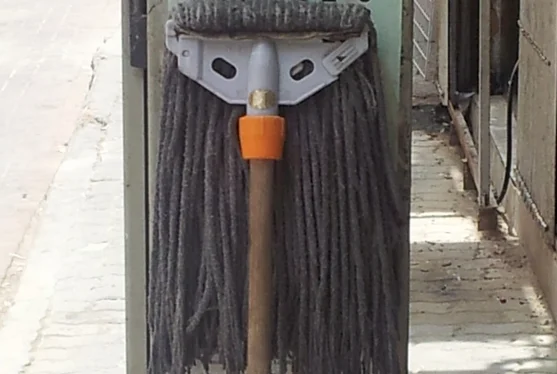
The idea was simple: put on a pair of slippers with little dust-collecting pads attached to the bottom and “clean while you walk.” Ads showed happy homemakers gliding across their kitchens, smiling as the slippers picked up crumbs. In reality, the slippers rarely picked up more than a few fuzz balls. Worse, they often left streaks or smudges on shiny floors.
And who really wanted to walk around in the same pair of dirty slippers all day just to clean? They had novelty value, but they weren’t exactly sanitary or efficient. Most people eventually realized a broom was faster and more effective. The sweeping slippers ended up being more of a gag gift than a genuine cleaning innovation.
7. Handheld Carpet Beaters
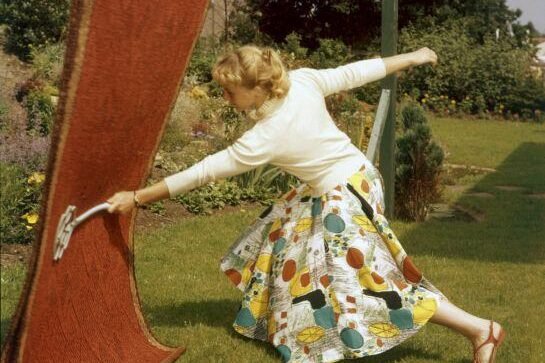
As wall-to-wall carpet became more popular in the ’60s, so did gadgets designed to clean them. One such invention was a handheld carpet beater with a motor that vibrated to “shake out” dirt. It was like a mechanical version of the old-fashioned rug-beating method. Unfortunately, it was heavy, loud, and barely made a difference in actually cleaning.
Worse, the shaking sometimes loosened carpet fibers instead of dirt. Many homeowners realized it did more damage than good. Vacuum cleaners were much more effective and soon made this gadget obsolete. It ended up being one of those “good on paper, bad in practice” tools.
8. The Ironing Machine
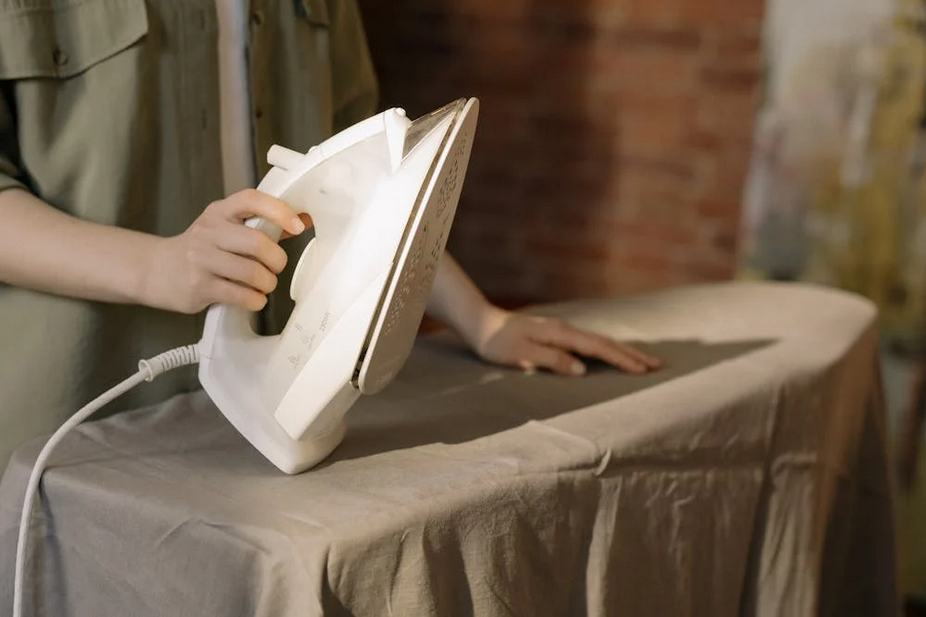
This one promised to replace the drudgery of ironing with a rolling device that smoothed out wrinkles. You’d feed shirts or pillowcases through two heated rollers, and they’d come out flat and crisp. The idea was clever, but the machines were huge, expensive, and prone to burning fabric. Plus, they didn’t handle collars, cuffs, or tricky clothing shapes well.
Families quickly discovered it was easier to just use a regular iron. The machine often took up more space than it saved and was intimidating to use. Even though ads tried to make it look chic and futuristic, most households passed it by. Today, collectors hunt them down as quirky relics of ’60s design.
9. The Electric Scrubbing Brush
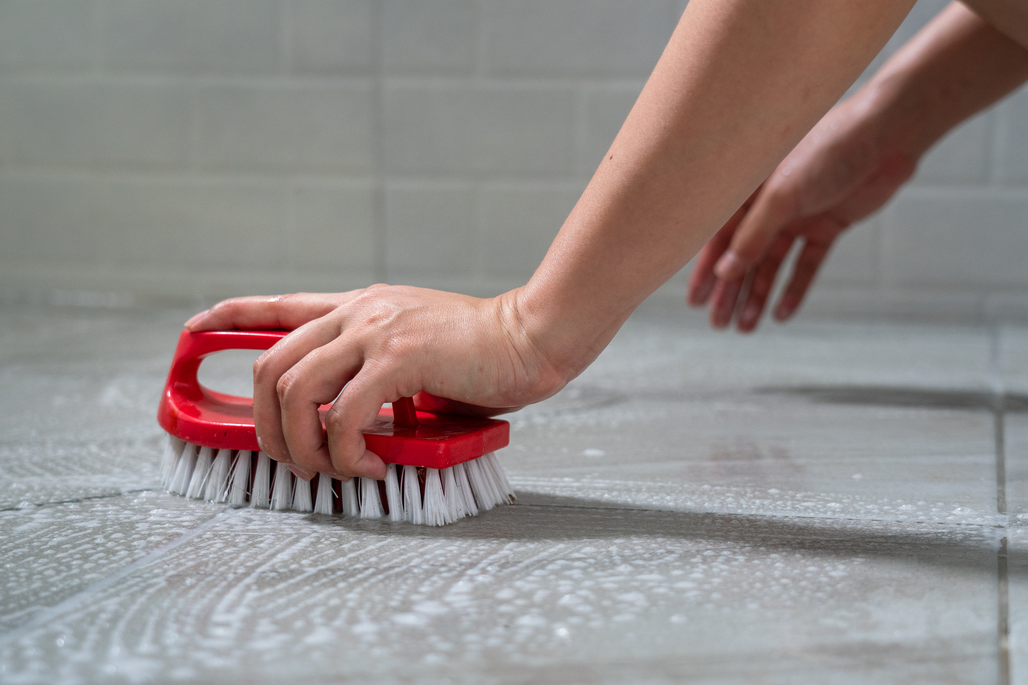
This tool was basically a big handle with a motorized spinning brush on the end. The pitch was that it could scrub tubs, sinks, and tiles without all the elbow grease. But it was bulky, hard to control, and splashed water everywhere. The batteries drained fast, leaving it underpowered and frustrating.
Worse, the bristles often wore down quickly, making it useless within months. People realized scrubbing by hand was still faster and more reliable. While newer versions exist today, the ’60s models just weren’t practical. They ended up being more work than they were worth.
10. Tabletop Ash Vacuums
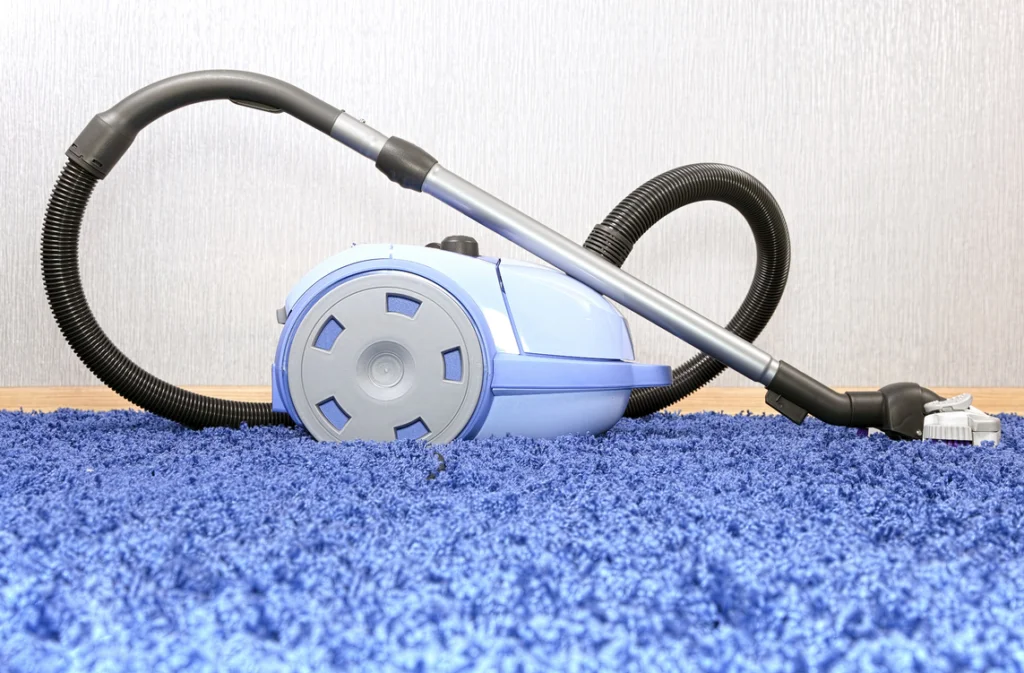
Back when smoking indoors was the norm, someone came up with the idea of tiny tabletop vacuums to suck up ashes. They were about the size of a teapot and promised to keep coffee tables spotless. The problem was they clogged constantly and made more noise than they were worth. Plus, most people just brushed ashes into a tray anyway.
These gadgets were more of a novelty for cocktail parties than a real solution. They looked sleek sitting on a side table, but their usefulness was minimal. Within a few years, most ended up shoved in a drawer. They’re a perfect example of a “solution” to a problem that barely existed.
11. The Mop Polisher Combo
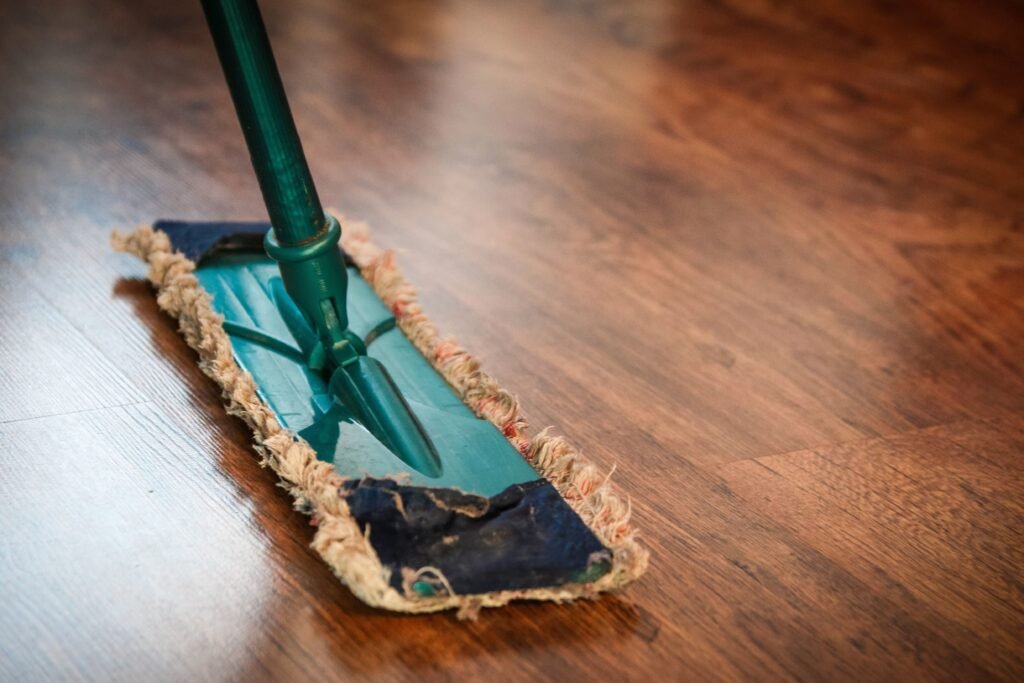
This hybrid gadget tried to combine a mop and a floor polisher into one handy tool. You could wet mop with one setting and then switch to a buffing mode. While it sounded practical, in reality it was clumsy and hard to maneuver. The mop part left streaks, and the polisher often just spread dirt around.
It was also heavy, which defeated the purpose of making cleaning “easier.” Homeowners quickly abandoned it in favor of separate tools that actually worked. The combo machine was a jack of all trades but master of none. It ended up being a classic case of over-promising and under-delivering.
12. Window Cleaning Vacuum

This odd device claimed to vacuum dirt and water off windows after you sprayed them. It looked futuristic, like a mini leaf blower with a squeegee attached. The concept was fun, but in practice it was leaky and left streaks behind. It often missed spots, meaning you had to finish the job by hand anyway.
The machine was also surprisingly loud for such a small gadget. Neighbors could hear you “vacuuming” your windows, which felt more awkward than impressive. Within a short time, most people went back to rags and Windex. The gadget didn’t even last the decade before fading away.
13. The Electric Lint Picker
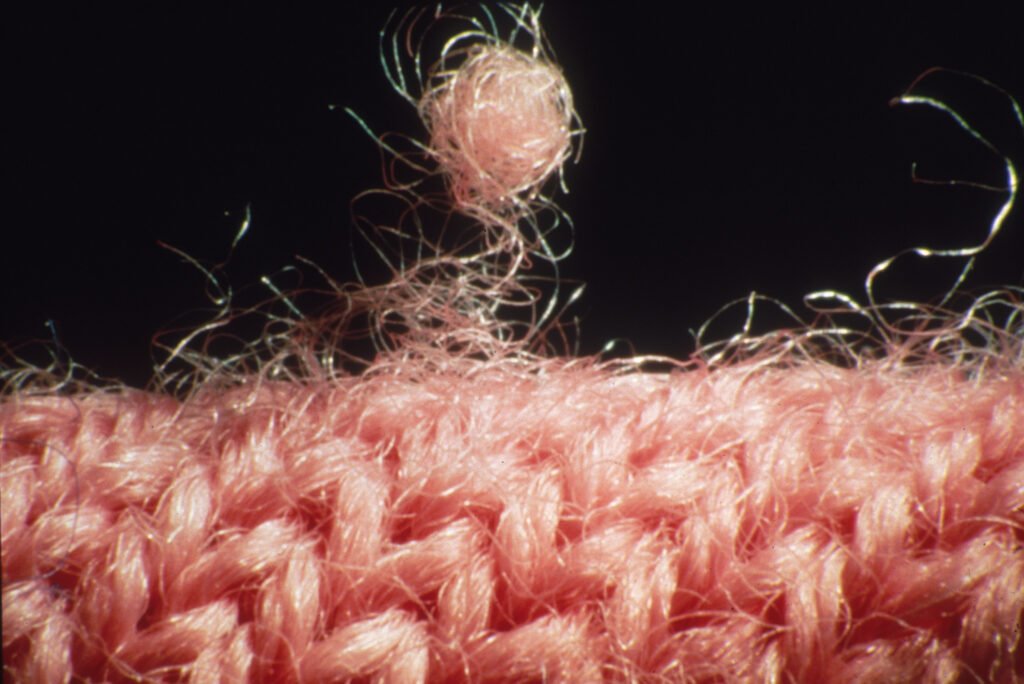
Clothes were a big deal in the ’60s, and no one wanted lint spoiling their look. Enter the electric lint picker, a battery-powered gizmo that claimed to “shave” fuzz off sweaters and coats. While it sometimes worked, it often snagged threads or even tore delicate fabrics. Owners quickly grew nervous about using it on anything valuable.
Manual lint rollers or brushes proved far more reliable. The electric version was too risky and inconsistent to become a staple. It ended up being more of a curiosity than a household essential. Eventually, it disappeared, leaving lint brushes to reclaim their rightful place in laundry rooms.
14. Disposable Mop Pads
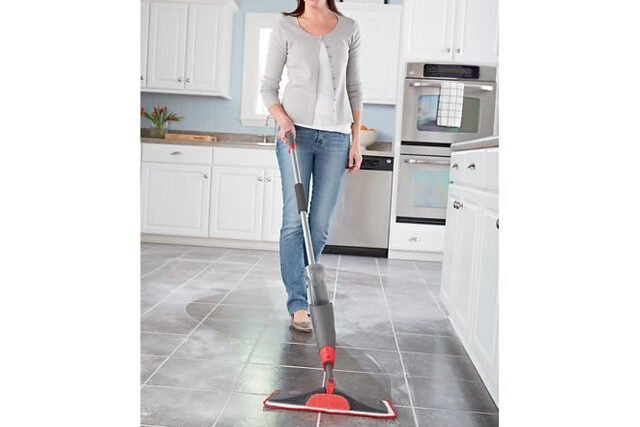
Long before Swiffers, there was an early version of disposable mop pads in the ’60s. They clipped onto a stick and promised to make mopping quick and easy. But the pads were flimsy, dried out fast, and barely picked up dirt. They also cost more than just using a traditional mop and bucket.
Families quickly realized it was an expensive gimmick. The pads were awkward to attach, and once dirty, they left you wondering what to do with them. The concept would return decades later in a much better form, but the ’60s attempt didn’t stand a chance. It was ahead of its time but poorly executed.


